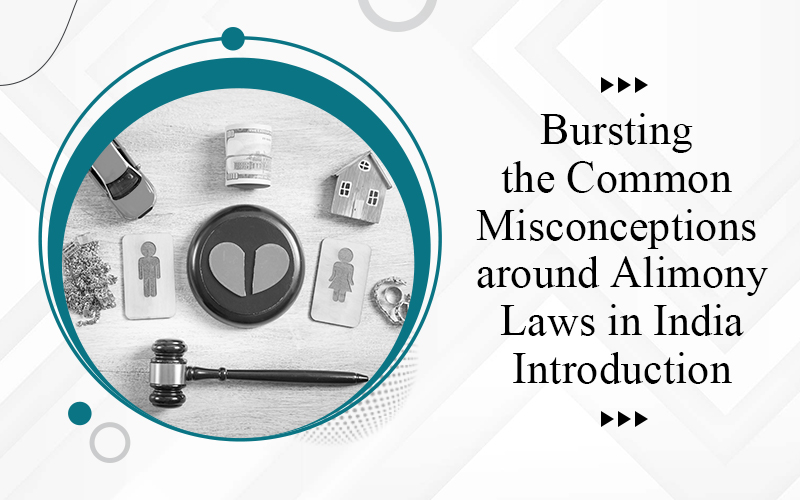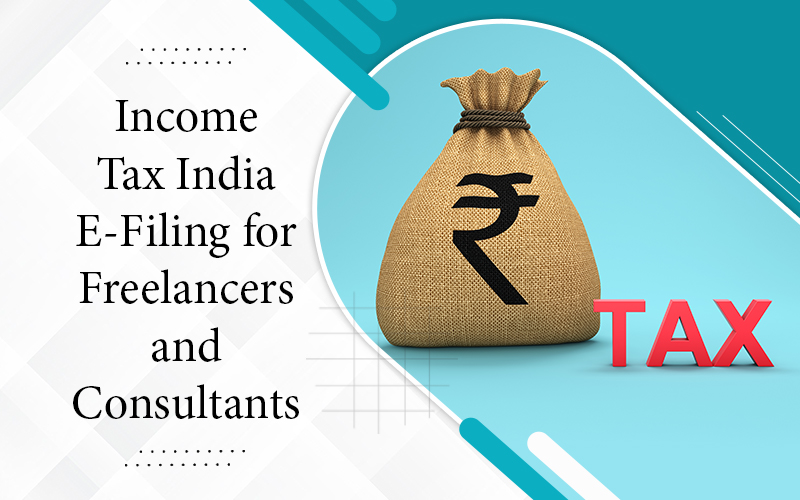Introduction
Folks generally see the Indian court system as way too slow. Cases seem to stretch out over years, sometimes decades. Justice ends up feeling like it is delayed forever in many minds. Sure, the holdups in getting cases done are a real worry. Still, the common thought that all cases just linger for ages is blowing things out of proportion a bit. The courts in India have rolled out big changes and new ideas over time. These aim to deliver justice that is quick, works well, and uses technology in smart ways.
Understanding the Problem of Pendency
Right now, in 2025, over 5 crore cases sit pending across various courts in India. All sorts of reasons feed into this mess. There are not enough judges to go around. Adjournments happen way too often. Procedures can get really tangled up. On top of that, new cases keep flooding in at a high rate. This whole situation leads to the widespread idea that the judiciary moves at a snail’s pace overall. If you dig a little deeper, though, it becomes clear that while some tough civil or criminal trials do take longer, lots of other case types clear out pretty efficiently.
Fast Track Courts and Special Tribunals
To fight back against these delays, Fast Track Courts got set up nationwide. They make sure trials and decisions for specific kinds of cases happen within set time limits. Think sexual offences, corruption charges, or really serious crimes. These courts ease up on strict procedures a touch. They keep the focus on getting things done fast, but they still hold onto fair process. Beyond that, specialised bodies like the National Green Tribunal, Debt Recovery Tribunal, and National Company Law Tribunal handle narrow topics. Their goal is quick resolutions. Most of the time, they stick to deadlines laid out in the laws.
Lok Adalats: Speed and Simplicity
Lok Adalats stand out as another key way to deliver justice without the wait. It gives people a spot to settle disputes in a friendly manner. No need for all the formal courtroom rules and hassles. Everyone joins in willingly. It costs next to nothing. Once agreed, the outcome sticks for good. Just in 2024, millions of cases were resolved this way. That includes ones already in court and even those before any suit started. It proves that when sides work together, justice can move right along without much fuss.
Digitisation and E-Courts
In recent times, hardly anything has changed the courts more than the E-Courts Mission Mode Project. The Government of India kicked this off to push things forward. They digitised all sorts of records from the courts. Case updates and rulings now sit online for easy access. Hearings even happen over video calls these days. This saves huge amounts of time and effort. It helps litigants the most if they live in far-off or hard-to-reach spots. Hybrid setups that mix in-person and virtual elements are popping up more often. All this boosts how people reach justice. It also wipes out delays from old procedural steps that just slow everything down.
Conclusion
The backlog of cases is still a tough hurdle to clear. That much is true. But it does not make sense to say every single case takes decades to finish. Efforts through Fast Track Courts, Lok Adalats, and eCourts show the Indian judiciary is serious about fixing things. They want to deliver fair outcomes without unreasonable waits. The digital shifts happening in courts right now hold real promise. They suggest a time ahead when justice in India becomes not only open to all, but quick and effective too.




